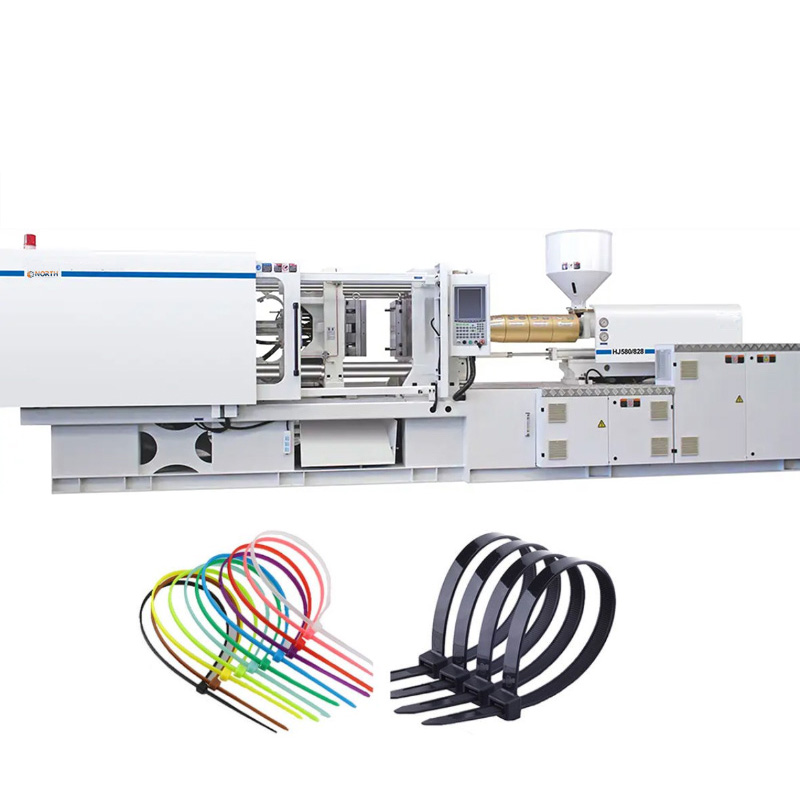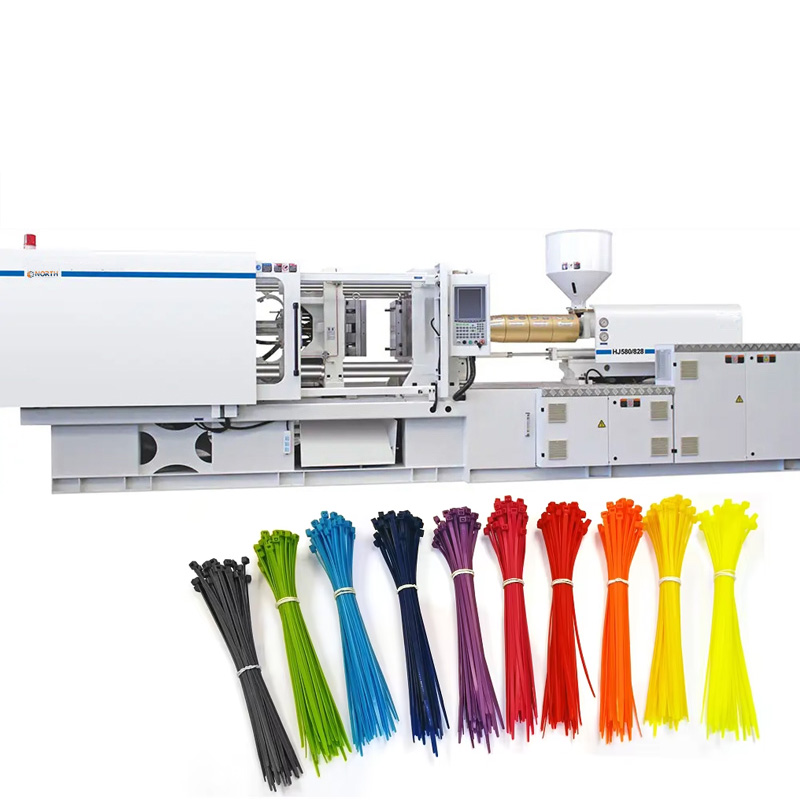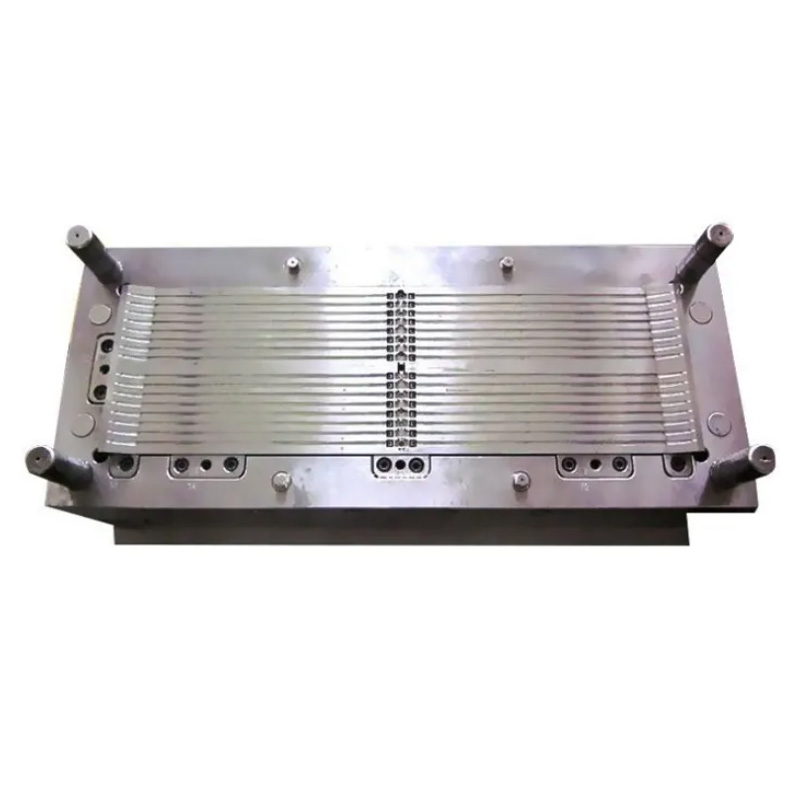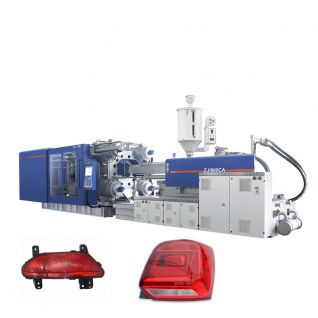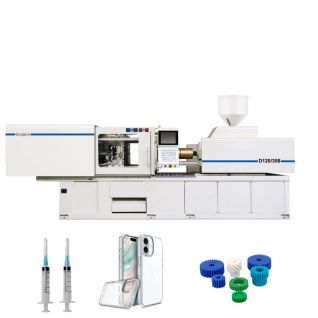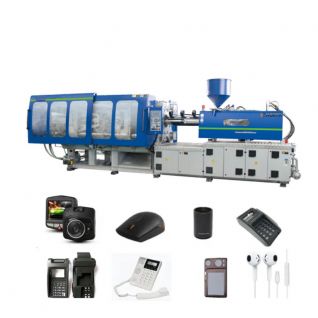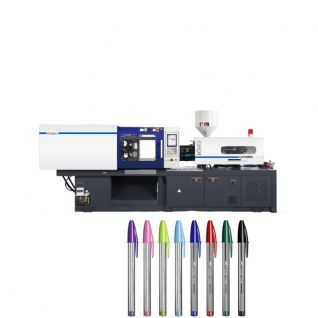Products
nylon strap special application injection machine price
Our injection molding machines have different models according to different designs or customers' samples.
Port:
Shanghai Port, Ningbo port, Shenzhen port,Tianjin port
Lead Time:
nylon strap special application injection machine price
Injection Unit
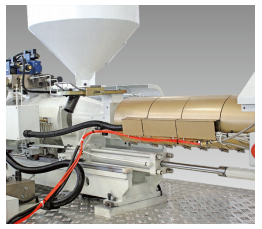 High efficient and accurate single cylinder injection system
High efficient and accurate single cylinder injection system
High precision pneumatic self-ocking nozzle
Screw and barrel assembly is specially made for PA material with fast feeding, good plasticizingand accurate temperature as well as special design for venting and draining
Increased oil circuit design, which is high response and can meet the fast molding requirement
Nano far infrared heating device ensures a rapid heat up time and heat preservationas well as energy saving, which can further improve the plasticizing quality
Clamping Unit
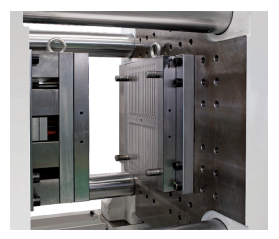
Special design of rectangle strengthened mold platen with high rigidity, which cangreatly increase fatigue resistance of the mold platen and ensure smooth movement
Both steel bushing and copper bushing are with self-lubrication design, and it canreduce lubrication oil consumption, and ensure axis pin and tie bar have goodlubrication during high speed movement
Specialized nitrided pin with increased size, which can largely reduce stress
Product Specifications
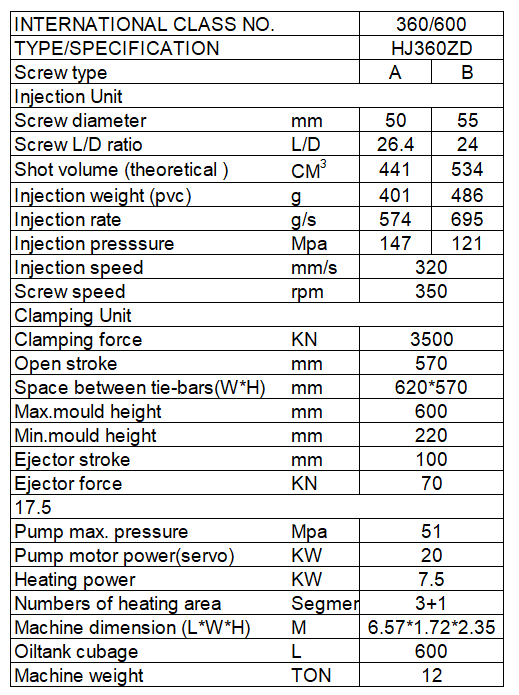
FAQ:
Q1: What is the primary purpose of a nylon cable tie injection molding machine?
A: It produces durable, high-strength nylon cable ties through precise injection of molten plastic into specialized molds.
Q2: What type of nylon is commonly used for cable ties?
A: Nylon 6/6 (PA66) due to its high tensile strength, temperature resistance, and flexibility.
Q3: How to ensure consistent tensile strength in nylon cable ties?
A: Control material drying (to prevent moisture absorption), maintain stable melt temperature, and optimize injection pressure.
Q4: What mold design features are critical for nylon cable tie production?
A: Multi-cavity molds, precision runners/gates, and cooling channels to ensure uniform filling and fast cycle times.
Q5: Why is material drying essential for nylon in injection molding?
A: Nylon absorbs moisture, which can cause bubbles, surface defects, and reduced mechanical properties if not dried properly.
